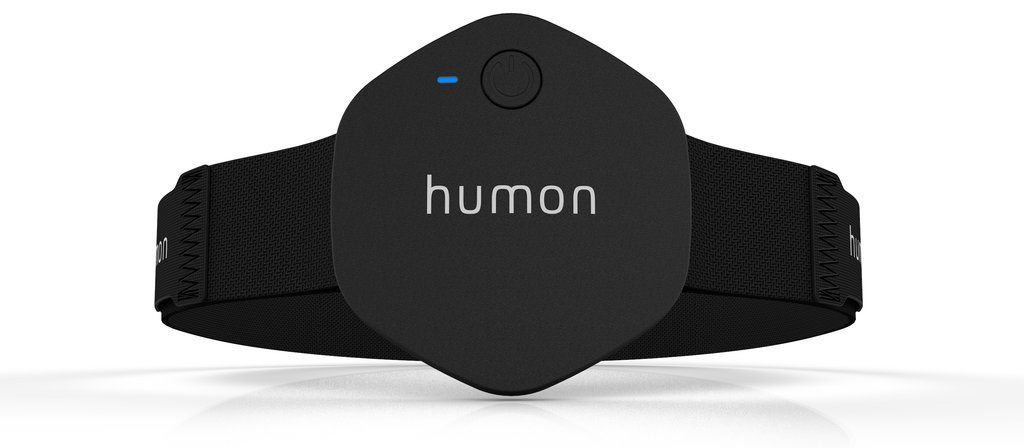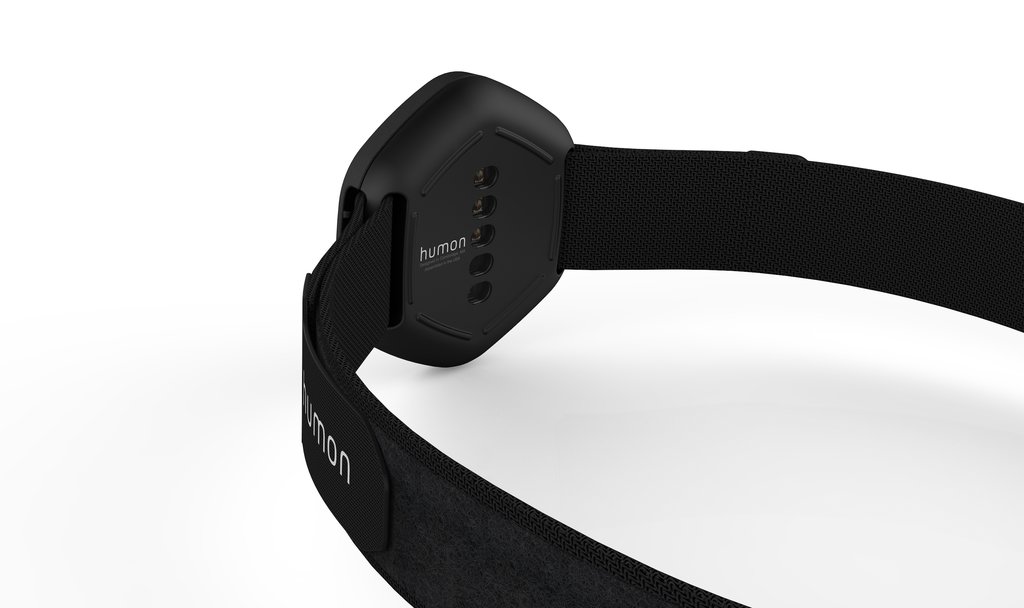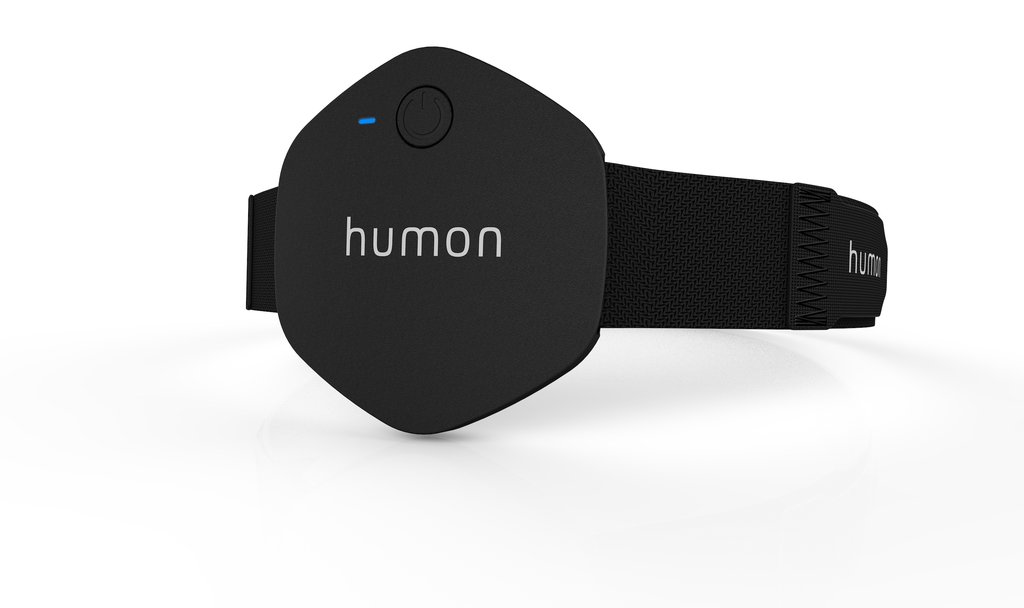A few years ago, BSX introduced the Insight – as far as we’re aware, one of the first muscle oxygen sensors that you could wear while out for a run or a ride. Why did it matter? Measuring muscle oxygen saturation or SmO2% is a way of determining the relationship between how much oxygen is delivered to the muscles and how much is actually used by the muscle. If you had a sensor that measured this, you could better train your self and get most of the benefits of lactic acid monitoring or VO2 max testing without the expensive testing or lab set up.
However, it wasn’t long until BSX shuttered the Insight program and moved on to attempt to build a hydration sensor called LVL. With BSX out of the game, a company called Moxy swooped in with a sensor of their own. But now, there’s a new player in town – the Humon Hex sensor.
What started as the result of MIT research, Humon claims it is the first clinically validated SmO2% sensor on the market that measures in real time. That validation apparently comes from the Harvard Medical School.
Perhaps more importantly, the Hex has a much smaller form factor than the competition. If it works as advertised, that’s a pretty big deal. Instead of a relatively large calf sleeve or an adhesive patch, the Humon uses a simple velcro compression strap meant to be worn on the mid-thigh. As with other LED based near-infrared spectroscopy devices, it will need to be tight enough that it won’t move to get a proper reading, which is why the other devices have such aggressive positioning devices. But if the Humon Hes is as accurate as claimed (96% accurate compared to an ISS metaOX sensor), then the strap is a huge benefit. Humon provides plenty of detail on the science and additional whitepapers on their site.
When used with the included app, the Hex provides simple color based training zones to make things as simple as possible. There’s also step by step instructions to understanding how to use the device to improve your fitness, training, and recovery. Overall, it seems like a much less complicated system than others.
It’s also less expensive. While the “retail price” is listed at $299, the sensor is currently priced at $245 which includes the device, a charging cable and base, and a standard length strap. Compare that to the Moxy bundle which starts out at $819. Designed with an IP54 water resistance rating, the Hex is not to be used while swimming, and it has a 20h battery life. Hex is only bluetooth compatible and seems to work with some ANT+ devices, thought not ANT+ heart rate monitors, and will work with both Android and iOS devices.



